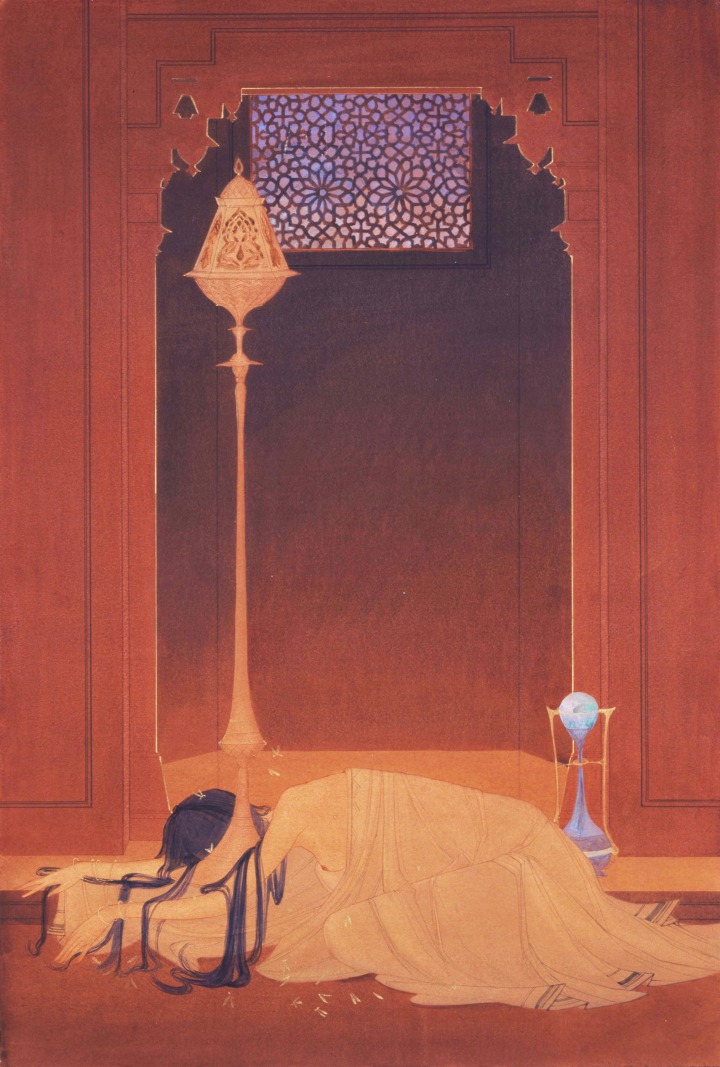The Bengal School and Jamini Roy
Quest of Indian Ethnic Modern
In 1905, Abanindranath Tagore (1894–1975) was appointed vice president of the Government College of Arts and Crafts, Calcutta (present-day Kolkata), and India’s modern art entered a new dimension. Abanindranath Tagore encouraged students to pursue artistic expressions unique to India instead of then-dominant Western academism. Collectively, they were called the Bengal School and applied not only the traditional miniature style but also European avant-garde arts, such as surrealism and constructivism, in their works. They also studied the Japanese painting style that had been passed on to the Tagore family and their surroundings by Yokoyama Taikan and Hishida Shunso, and continued various experiments in art. Rabindranath Tagore, an acclaimed poet and a Nobel Prize laureate, also started painting in the 1920s due to the influence of his nephew Abanindranath and the Bengal School’s artists. However, his original painting style did not stay within the framework of the Bengal School, and he continued down his own path. Abdur Rehman Chughtai (1897–1975), who is enormously popular in today’s Pakistan, was also inspired by the Bengal School. Chughtai applied the delicate art nouveau style to depict the world of Urdu poetry. It was Jamini Roy (1887–1972) who successfully combined visual cultures unique to India and modernism in his formative experiments. Roy, too, studied art in Kolkata in the early 1900s and started his career by depicting nostalgic landscapes using an impressionistic style. Roy began searching for his own style around the 1920s. Inspired by the Kalighat paintings—representative religious paintings of the Bengali region—he started using thick lines to depict simplified forms of people and animals. Jamini Roy’s challenge to combine traditional Indian art and modernism continued on to artists who used folk art, such as Mithila or Warli painting, as a source of their artistic creations.
[Nakao Tomomichi]

Abdur Rahman Chughtai "The Extinguished Flame" 1920年代 line wash and watercolor, heightened with bodycolor, and gold on paper

Jamini Roy "Three Marys" 1943 gouache on panel
